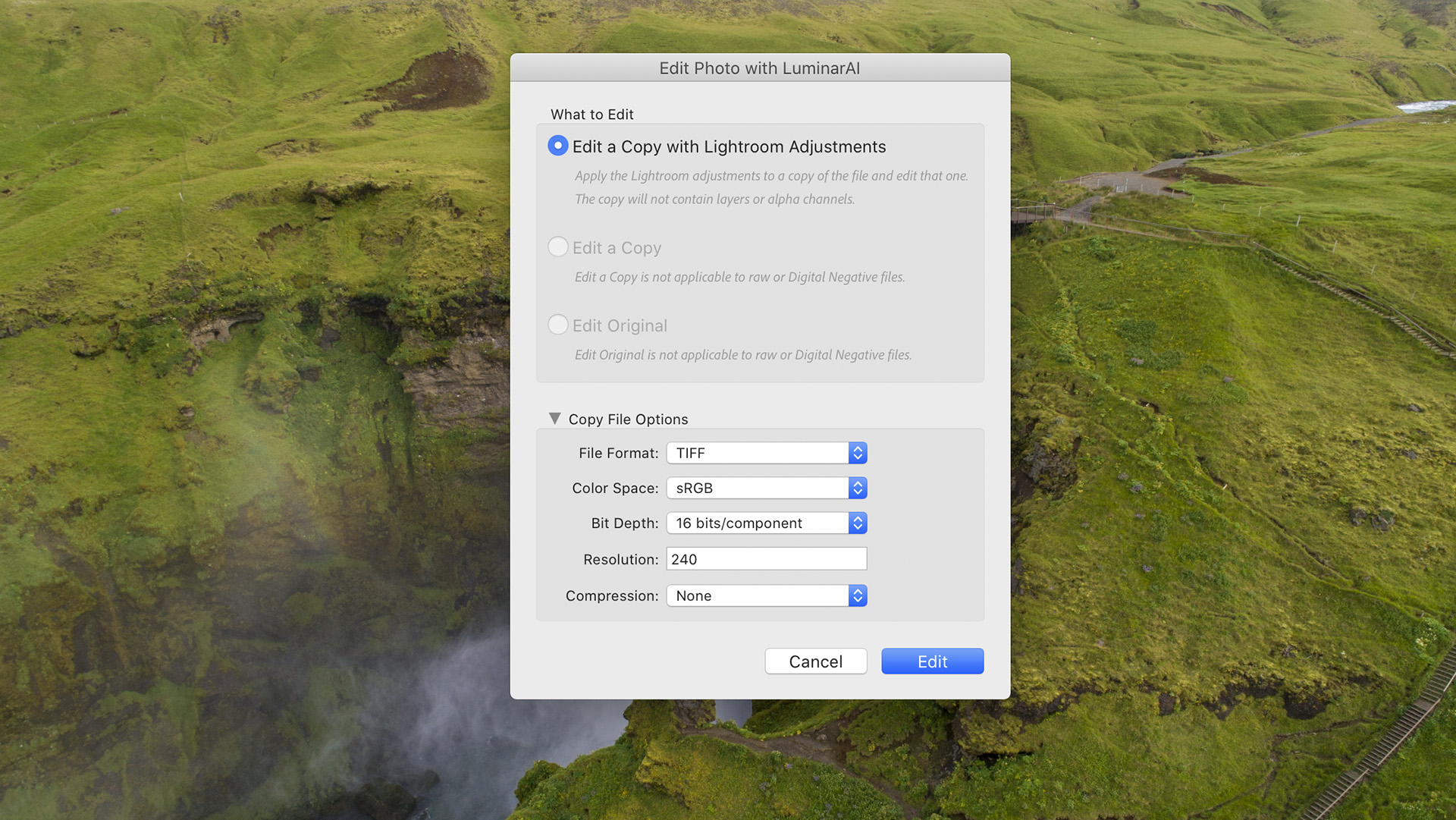
#Luminar ai. software#
Software features like DLSS 3 can be optimized for lower-end GPUs as well as more premium chips, whereas most of the differentiated features between the higher-end and lower-end GPUs are at the hardware level. It reminds me a lot of the early days of ray tracing, when it was less about making graphics cards better in terms of raw performance and more about making them better in terms of value optimization.
#Luminar ai. how to#
Moore's law-which predicts that the number of transistors on a microchip will double with every new generation of silicon-is slowing down, so Nvidia, like every other chipmaker, must answer the question of how to keep increasing hardware performance to keep up with consumer demand for ever-faster software. With these new graphics cards, Nvidia is showing that the future of gaming is less about improving raw hardware performance and more about making intelligent software improvements using AI. Once more, if we think about where this frame generation happens, the more information stored in the L2 cache from the game motion vectors, the optical flow field and the sequential game frames, the better results you will get thanks to DLSS 3.

Nvidia says that DLSS 3 reconstructs seven-eighths of the total displayed pixels. This frame-generation technology significantly increases the system's performance by mitigating most of the workload handled via traditional renderings. The biggest difference between DLSS 3 and its predecessor, DLSS 2, is that the new generation introduces a feature that uses AI to predictively generate new frames based on the geometry and effects of past frames. This leads to better performance, increased power efficiency and better ray-tracing results. This allows for more data to be stored in the faster L2 cache rather than needing to move across the memory bus to the VRAM. We created Luminar AI so people can focus on the outcomes and photos, and not worry so much about the editing process.Among other improvements, Nvidia has reduced the VRAM traffic per frame by adding more L2 cache compared to previous generations. “Luminar AI uses artificial intelligence to flip those metrics. In my experience, only 30% of our time is actually spent being creative,” said Alex Tsepko, CEO of Skylum. What differentiates it, however, is our human-centric application of this incredibly powerful technology. “Our approach to AI lines up with that of the best minds in the field. The idea here is to make it very easy for beginners to improve their photos while also giving pros the tools to quickly get the results they are looking for. You can use those to improve your composition, replace the sky in your images (and relight the scene accordingly), add fog, mist and haze, and manipulate the faces and bodies of your portrait subjects by simply dragging a few sliders. In total, Skylum added 13 AI features to the application.

The focus, though, is on its new AI-based tools, with a special focus on editing landscapes (and skies in general) and portrait shoots.
#Luminar ai. for mac#
The new application, available as a standalone product for Mac and Windows and as a plug-in for Lightroom and Photos for MacOS, was built from the ground up and offers many of the traditional photo-editing features you’re probably familiar with from the likes of Lightroom.
With Luminar AI, it is now launching a brand-new photo editor, starting at $79. Over the course of the last few years, Skylum made a name for itself with a set of photo-editing apps like Aurora HDR and Luminar.


 0 kommentar(er)
0 kommentar(er)
